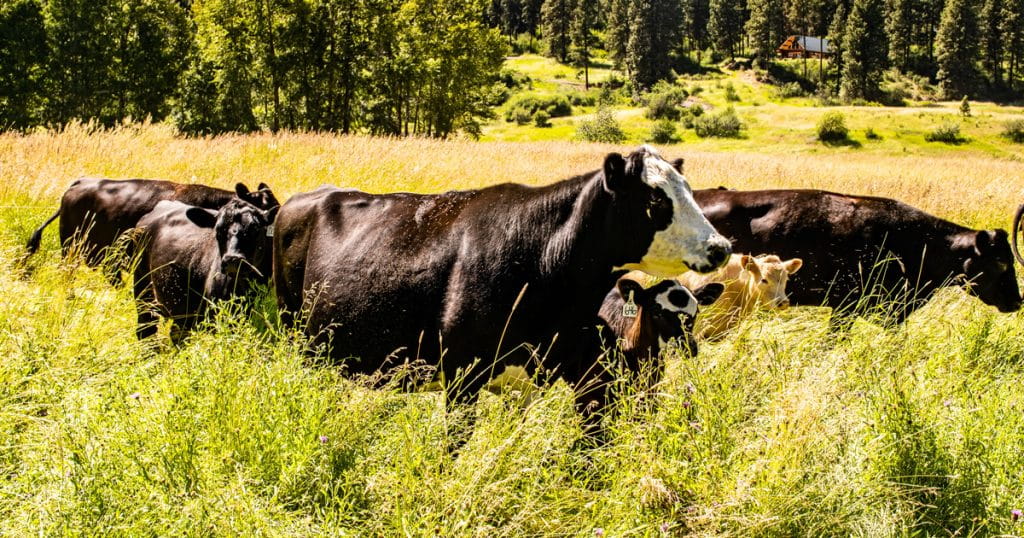As the weather warms up around the country, horn flies and other fly species begin to emerge and become a problem for cattle and producers. Ken Bryan, director of product development with CHS animal nutrition, says effective fly control can improve cattle performance, herd health.
Ideally, Bryan says producers should try to get ahead of fly populations by implementing control strategies about 30 days before flies hatch—which is typically 30 days before the last frost. This will vary by region. He urges producers to keep an eye on weather patterns and the long-range forecast.
“Typically, where I live in the Northern Rockies, around April 15 we start implementing measures like manure management, insecticide, ear tags and feed through programs,” he says.
Feed programs find success
Over the last several decades, the cattle industry has relied on a variety of fly control tactics, such as dust bags, oilers and insecticide sprays. More recently, insect growth regulators (IGRs) have become a successful method for controlling fly populations.
“Horn flies are the most economically important fly to the cattle industry and Altosid® IGR technology has been effective in reducing populations. ClariFly® Larvicide has taken control one step further by being able to control multiple species in confinement and grazing operations,” says Bryan. Both feed additives are growth regulators, so as minerals work their way through the digestive systems of cattle, the IGRs prevent larva from developing into adults when they hatch in the manure.
Fly control offers benefits
In addition to a healthier herd, an effective fly control program can potentially have a big impact on a cattle producer’s bottom line.
“When we do a good job of fly control, we can expect calf weaning weights to be 20 to 30 pounds higher. That can mean a higher return on investment when cows cross the scale in the fall,” Bryan says. He explains that the added weight is a combination of less herd health issues, such as pinkeye and mastitis, and more time spent grazing instead of fighting flies, which all contribute to calf growth.
Bryan says that the best fly control program will never eliminate flies, but populations can be controlled to minimize impacts on livestock, which often means a greater return on investment for producers.
To learn more about fly control strategies, cattle producers can get in touch with their local CHS animal nutrition consultant or visit paybacknutrition.com to find their nearest Payback® feed dealership.


 Audio Clip
Audio Clip





